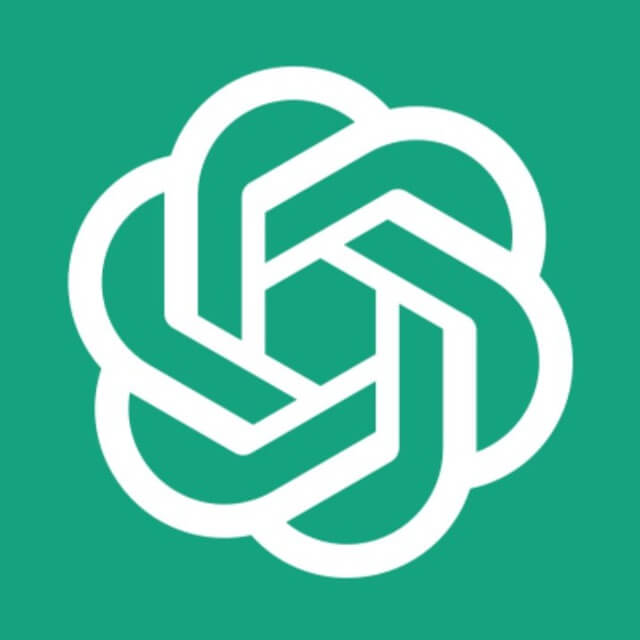Price Data
Analysis
Trade
Market Cap
All-Time High
All-Time Low
Fully Diluted Valuation
Circulating Supply
Total Supply
Categories
What is Songbird?
Songbird is the canary network for the Flare Network. A canary network is a functional blockchain with a specified token supply designed for testing new features in live conditions before implementing them on the main network. This differs from a testnet, which typically has an unrestricted token supply. Participants in the canary network are actual users who acknowledge the experimental nature of the platform.
Recent Video Interview
Main points of the interview:
- Flare Newtork plans to introduce Layer Cake bridge for smart contract networks, aiming for lower collateral demands.
- Integrating institutional validators like Google Cloud to enhance data quality.
- Songbird Network's function: Testing platform for F assets before integration into Flare Network.
What Does Songbird Do?
Roles of Songbird:
- Testing Flare Technology: Evaluate Flare technology in a real-world setting before implementing it on the mainnet.
- Providing a Live Testing Environment for Dapp Builders: Offer dapp builders a live testing environment to develop and assess their decentralized applications.
- Serving as the Lower House in a Bicameral Governance Structure: Function as the lower house in the planned bicameral governance system of Flare.
Governance and Tokenomics
Bicameral Governance System: In the envisioned bicameral governance system, Songbird will operate as the lower house. The community can propose and vote on initiatives within Songbird. Once approved, these proposals will be presented to the Flare Foundation for potential integration into the Flare network.
Vital Statistics:
- Launched in September 2021.
- FTSO (Flare Time Series Oracle) live in October 2021, and State Connector live in March 2022.
- Total supply of 15 billion SGB (Songbird tokens).
- Inflation rates: 10% in the first year, 8% in the second year, and 5% from the third year onwards, with an annual cap of 750 million tokens.
What is Flare Network?
Flare, positioned as the blockchain for data, operates as a Layer 1 platform similar to Ethereum but with enhanced data acquisition capabilities. By offering decentralized access to high-integrity data from various chains and the internet, Flare empowers developers to create dapps with innovative use cases and monetization models. Notably, these dapps can cater to multiple chains through a single deployment.
Built on the Ethereum Virtual Machine (EVM), Flare allows applications written in Solidity for other EVM chains to seamlessly run on its platform. A challenge faced by Flare is the limited availability of decentralized on-chain data, hindering the development of dapps with real-world impact. Currently, many DeFi applications are focused on financial speculation rather than practical applications.
Flare's mission is to enhance the utility of blockchain by providing dapp builders with secure access to a diverse range of decentralized data. This, in turn, aims to facilitate the creation of new and more relevant dapps, fostering broader adoption and utilization of blockchain technology.
Songbird Team Background
Hugo Philion serves as the Co-Founder and CEO of Flare, and thus Songbird, contributing his leadership and strategic vision to the team. Alongside him, Sean Rowan holds the position of Co-Founder and Chief Product Officer, bringing his expertise to guide product development. Dr. Naïri Usher, as the Co-Founder and Chief Scientist, lends her scientific insights to the company's endeavors.
Songbird Project Development
The introduction of a secondary reward band in the Flare Time Series Oracle (FTSO) is geared towards enhancing decentralization. In the original system, rewards were primarily allocated to data submissions closely aligned with the vote-power-weighted median price, resulting in narrow reward bands where only around 25% of submissions received rewards. This limited access to rewards raised concerns about the centralization risk posed to the network, as a small number of providers benefited while others struggled to cover infrastructure costs.
The broader secondary reward band aims to address this issue by increasing the number of data providers receiving adequate rewards to sustain their infrastructure costs. While incentivizing reliability and accuracy, submissions still need to be sufficiently close to the median to qualify. The allocation of rewards includes 30% for the secondary reward band and 70% for the primary reward band. Importantly, both bands operate independently, allowing submissions falling within both bands to receive dual rewards. For a comprehensive understanding, refer to the details outlined in Songbird Test Proposal 2.
Songbird Price Analysis
As of December 13 2025 Songbird has a marketcap of $35M. This is {{percentagefromath}} from its all time high of $0.71334. In terms of its tokenomics, there's a total supply of 19B with 85% currently outstanding. Keep in mind Songbird has a fully diluted value of $42M which many investors might interpret as overvalued.
Of course, don’t trust price predictions alone, always check the Coinrotator token screener to follow the trending market.

SGB Markets
| Exchange | Pair | 24h volume |
|---|---|---|
No data | ||